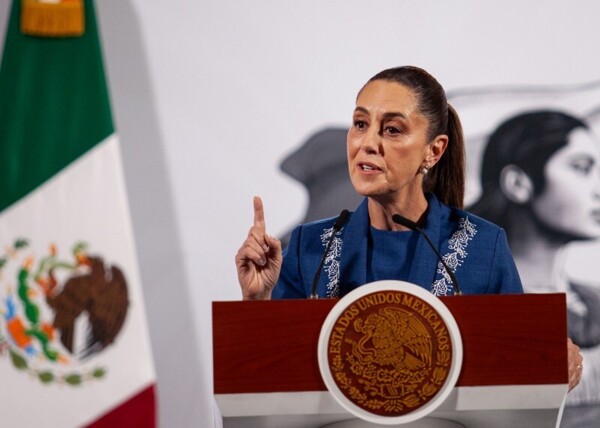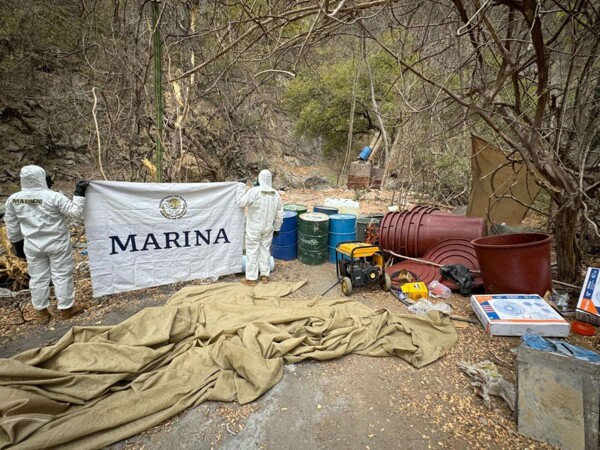
José Ramón Cossío, former minister of the Supreme Court of Justice of the Nation, expressed in an interview the inconsistencies and failures in the implementation of the judicial reform, describing it as one of the greatest legal disasters in history. Cossío mentioned that the reform was poorly designed and rushed from the beginning, resulting in a lack of respect for deadlines, ignorance of procedures, and a compromise of the integrity of the electoral process.
Regarding the judicial elections, he pointed out that the National Electoral Institute (INE) allowed the Senate to make modifications to the list of candidates after the deadline, which hindered an adequate review. Cossío emphasized: “The INE realizes that the lists are wrong, among other reasons because the three female ministers are not included.” He stated that this fact casts doubt on the impartiality of the judges and questions the integrity of the process.
Cossío criticized the INE for allowing exceptions to the procedure instead of acting as an impartial and rigorous referee. He also mentioned that the Electoral Tribunal has not been able to effectively address the issues due to time constraints. Additionally, he warned about the possibility that certain positions may be occupied by individuals aligned with the ruling party, Morena, hinting at manipulation in the electoral process.
For Cossío, the execution of the judicial reform reflects a trend towards patrimonialism, where President Andrés Manuel López Obrador seeks to have state institutions considered as his personal property from the outset. In his words: “It seems to me that López Obrador from the beginning in his psychology, in his operation started from a patrimonialist idea.”














